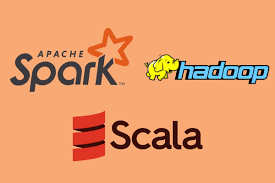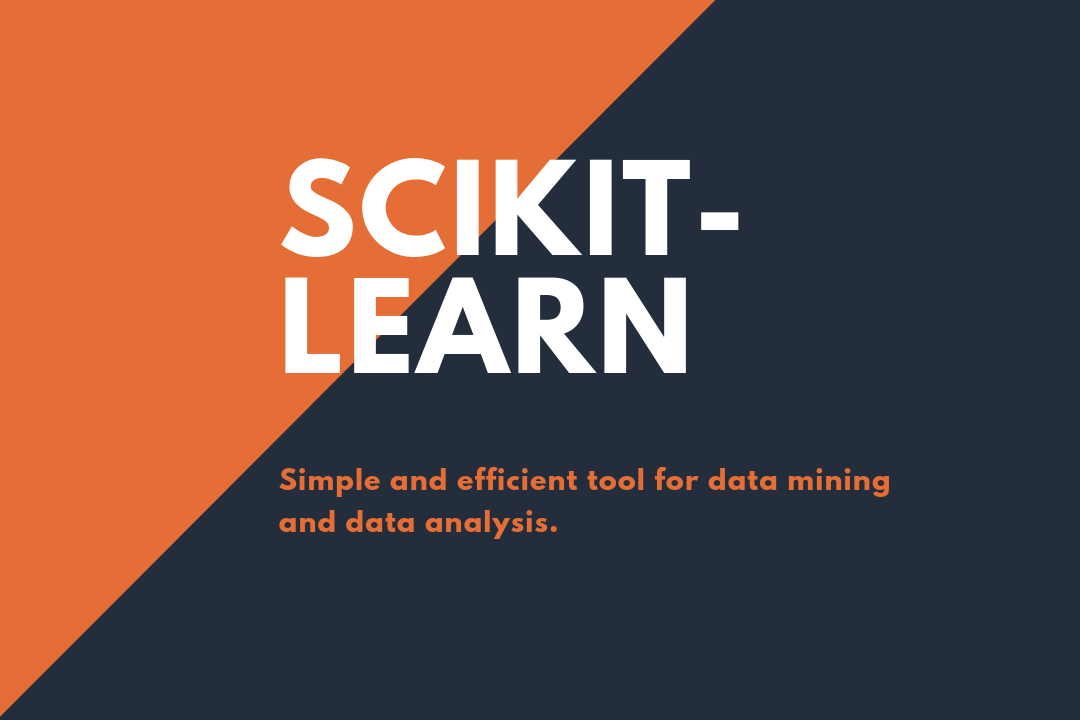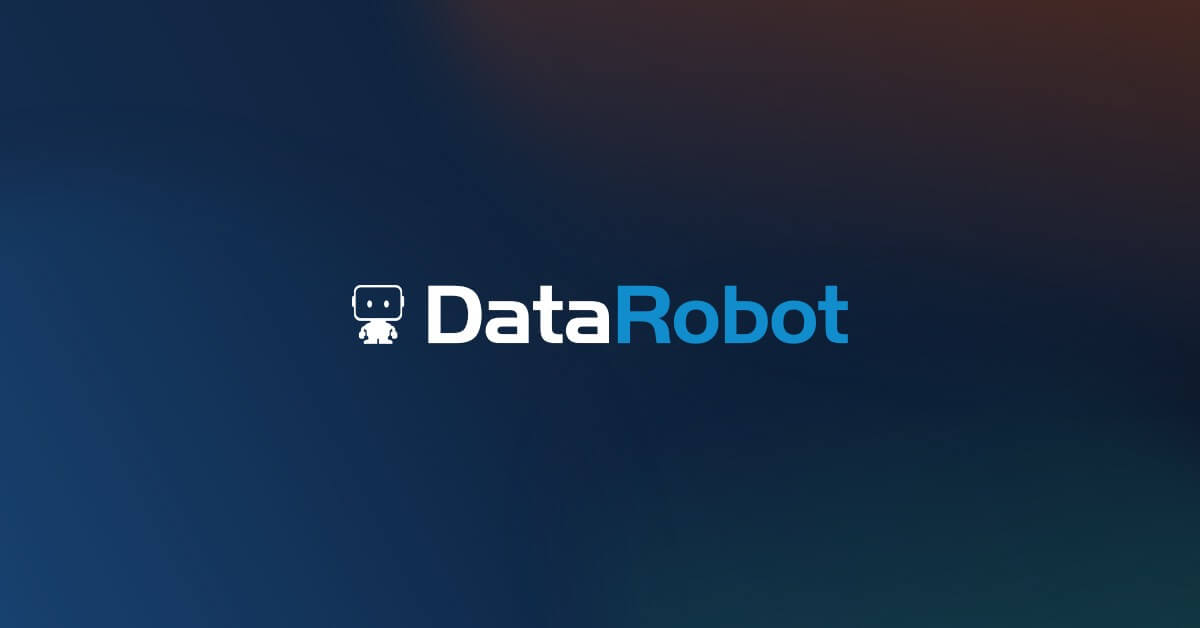Description
Introduction
Scala is a powerful language for big data processing, offering compatibility with major data frameworks such as Hadoop and Apache Spark. This course, Integrating Scala with Hadoop and Spark, is designed to guide you through the steps needed to effectively leverage Scala’s capabilities in a big data environment. By combining Scala with Hadoop’s robust distributed storage and Spark’s powerful processing engine, you’ll gain the skills needed to build efficient and scalable data pipelines for large datasets. This course emphasizes hands-on techniques for integrating these tools, optimizing performance, and managing data workflows.
Prerequisites of Scala with Hadoop and Spark
- Familiarity with basic Scala syntax and programming concepts
- Basic understanding of Hadoop’s HDFS and MapReduce, and Apache Spark
- Knowledge of big data fundamentals
Table of Contents
- Introduction to Big Data and Scala’s Role
1.1 Overview of Big Data Ecosystems and the Role of Scala
1.2 Comparison: Hadoop vs. Spark for Data Processing
1.3 Setting Up Your Development Environment with Scala, Hadoop, and Spark - Working with Hadoop Distributed File System (HDFS) in Scala
2.1 Introduction to HDFS and Its Architecture(Ref: Appian BPM: Fundamentals and Workflow Automation)
2.2 Integrating Scala with HDFS for Data Storage and Retrieval
2.3 Writing and Reading Data to HDFS in Scala
2.4 Managing Large Files and Optimizing HDFS I/O - Implementing MapReduce with Scala on Hadoop
3.1 Understanding the MapReduce Paradigm
3.2 Writing MapReduce Jobs in Scala for Hadoop
3.3 Optimizing MapReduce Performance with Scala
3.4 Limitations of MapReduce and Transitioning to Spark - Introduction to Apache Spark and Its Ecosystem
4.1 Why Use Spark with Scala? Benefits and Advantages
4.2 Overview of Spark Core, Spark SQL, Spark Streaming, and MLlib
4.3 Setting Up Spark with Scala and Configuring Cluster Resources
4.4 Introduction to Resilient Distributed Datasets (RDDs) - Data Processing with RDDs in Spark
5.1 Creating and Transforming RDDs in Scala
5.2 Lazy Evaluation and RDD Lineage
5.3 Optimizing RDD Operations and Avoiding Shuffles
5.4 Persisting and Caching RDDs for Performance - Advanced Data Processing with Spark DataFrames and Datasets
6.1 Introduction to DataFrames and Datasets in Spark
6.2 Working with Structured Data Using DataFrames
6.3 Using Spark SQL for Data Analysis with Scala
6.4 Performance Optimizations with DataFrames and Datasets - Data Ingestion and ETL with Scala, Hadoop, and Spark
7.1 Loading Data from HDFS and Other Sources into Spark
7.2 Performing ETL Operations with Spark and Scala
7.3 Writing Transformed Data Back to HDFS
7.4 Building a Scalable ETL Pipeline with Hadoop and Spark - Using Scala for Spark MLlib and Machine Learning
8.1 Introduction to MLlib for Machine Learning in Spark
8.2 Preprocessing Big Data for Machine Learning with Scala
8.3 Building and Training ML Models Using Spark MLlib
8.4 Deploying ML Models in a Spark Cluster - Spark Streaming with Scala: Real-Time Data Processing
9.1 Introduction to Spark Streaming and Real-Time Processing
9.2 Ingesting Streaming Data from HDFS, Kafka, and Other Sources
9.3 Processing and Aggregating Real-Time Data in Scala
9.4 Managing Fault Tolerance and State in Streaming Applications - Optimizing Performance and Resource Management
10.1 Tuning Spark’s Memory and Compute Resources
10.2 Configuring HDFS for Optimal Data Access
10.3 Profiling and Debugging Scala Applications in Spark
10.4 Managing Distributed Workflows and Job Scheduling - Project: Building a Real-Time Analytics Application with Scala, Hadoop, and Spark
11.1 Project Overview: Architecture and Requirements
11.2 Implementing Data Ingestion and ETL with HDFS and Spark
11.3 Real-Time Data Processing and Analytics with Spark Streaming
11.4 Visualizing Results and Scaling the Application
Conclusion
In Integrating Scala with Hadoop and Spark, you’ll learn to build efficient, scalable data solutions using Scala. This course provides the tools to integrate Hadoop’s storage and Spark’s processing capabilities, allowing you to create robust data processing workflows. By the end, you’ll be equipped to manage big data efficiently, optimize your Scala applications, and create pipelines for real-time and batch data processing tasks. This expertise is crucial for data engineers and developers seeking to excel in big data environments.
If you are looking for customized info, Please contact us here







Reviews
There are no reviews yet.